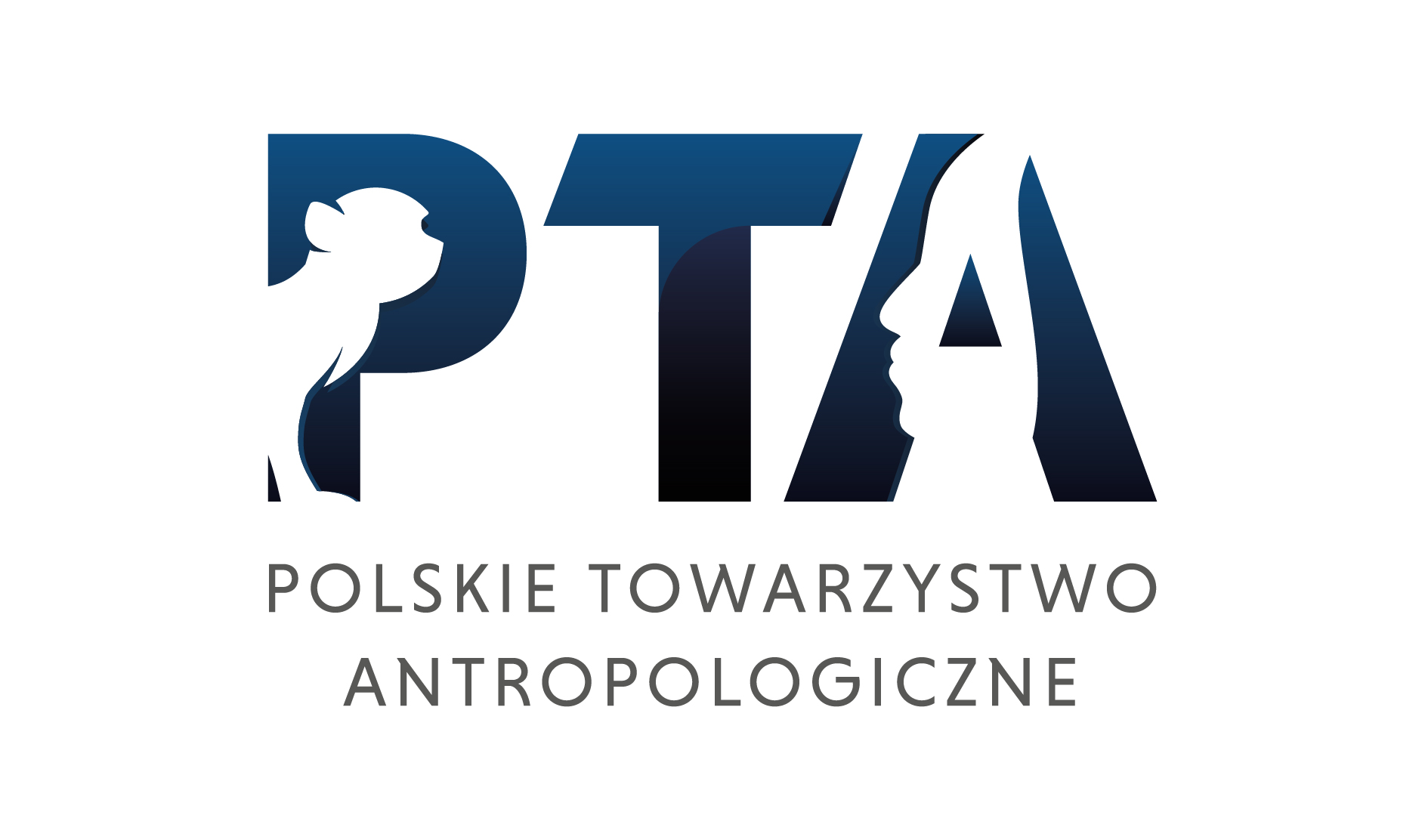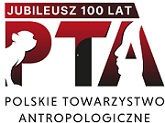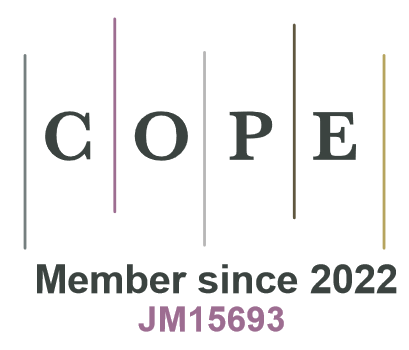Reliability of life expectancy estimations in human biology
DOI:
https://doi.org/10.18778/1898-6773.41.2.13Abstract
Recently life tables are one of the commonly used by human biologists tools of investigation. Although methods of construction and numerical information contained in the tables is the same in „pure” demography and human biology, it must be stressed that scope of these two disciplines is not identical, hence requirements as to exactness of numerical information, collection of data as well as sample size are also different. In the demographic literature small size of samples for which e0x has been estimated by human biologists together with method of calculations based on assumption of the stationary state of investigated populations were criticised.
In this paper above points are discussed on ground of the method allowing estimation of e0x standard error [Chiang 1960]. Standard errors of e0x (Eex0) are calculated for 8 groups dated from epipaleolithic to modern times (XIX c.), practically covering whole range of mortality schedules variability which may be found in investigations of prehistoric or „primitive” populations (distribution of deaths — dx and e0x for these groups are given in tables 1–6). Above groups are taken as standards. In tables 7–8 and on diagrams are shown values of e00 and e020 errors for various sample sizes. If one is dealing with a distribution of deaths it is possible to read value of error for this distribution from tables and diagrams without time consuming computations. Firstly distribution of deaths in a group have to be compared with standard distributions (tab. 1–6) and the standard series with most similar distribution choosen. Afterwards value of error for the group in question may be read from table 7–8 in column for choosen standard at a size adequate to the size of examined group. Similarly it is possible to read values of errors from diagrams. E,, enable an investigator to asses the significance of differences between e0x values by means of commonly used statistical tests (t test etc.). Application of statistical significance analysis to the data on mortality of various earlier human groups as well as life tables constructed with different assumptions for the same group enabled the authors to draw following conclusions: 1. More or less exact age categories (i.e. 5 years intervals or traditional Inf, Juv, Ad, ...) used for computations of e0x for x not higher than 20 years do not influence significantly accuracy of estimation if one is dealing with relatively small samples (no more than few hundreds individuals); e00 value is also insignificantly changed in such a sample if the upper limit of the last age category is arbitrarily shifted up or down within reasonable range.
2. Estimation of e0x for a given group under the assumption of stationary state of the population actually growing or decreasing at a moderate rate is quite satisfactory in statistical terms if the sample size is of the order most frequently meet in paleodemography.
3. Sexual differences of mortality in skeletal series as well as moderate fluctuations of e00 over time and space must be interpreted very carefuly with the use of appropriate statistical methods in order to obtain reliable results.
Downloads
References
Acsadi G., Nemeskéri J. History of Human Life Span and Mortality, Akademiai Kiadó, Budapest 1970.
View in Google Scholar
Bach H. Bach A. [w:] Bach H, Dużśek S. Slawen in Thüringen, 133, H. Bohlaus Nachf., Weimar 1971.
View in Google Scholar
Bennett K. A., Am. J. Phys. Anthrop., 1973, 39, 223.
View in Google Scholar
DOI: https://doi.org/10.1002/ajpa.1330390212
Bolesławski L, Budowa tablic trwania życia, Teoria i praktyka, GUS. Warszawa, 1973.
View in Google Scholar
Chiang C. L., Hum. Biol, 1960, 32, 221.
View in Google Scholar
DOI: https://doi.org/10.2307/2922688
Piasecki E, Welon Z. Mat. i Prace Antrop., 1970, 79, 249.
View in Google Scholar
Piontek J. Badania paleobiologiczne populacji z III-V okresu epoki brązu z Sulęcina, woj. zielonogórskie, Przegl. Antrop., 1975, 41.
View in Google Scholar
Ullrich H. Das Aunjetitzer Gräberfeld von Grossbrembach, H. Bohlaus Nachf. 1972.
View in Google Scholar
Weiss K. M. Demographic Models for Anthropology, Soc. for. Am. Archaeol. Memoir 27, Washington 1973.
View in Google Scholar
DOI: https://doi.org/10.1017/S0081130000002434
Downloads
Published
How to Cite
Issue
Section
License

This work is licensed under a Creative Commons Attribution-NonCommercial-NoDerivatives 4.0 International License.








